The 1963 Volkswagen 'Light Bus' Is How You Do Automotive Art

With the 50th anniversary of Woodstock nearly upon us, it was only a matter of time before Volkswagen released a commemorative vehicle acknowledging the Microbus. The Type 2, a staple of the hippie movement, was frequently found painted in psychedelic patterns and hues. Case in point is the “Light Bus,” which appeared in numerous photos of the 1969 Woodstock Art and Music Fair — including the official Woodstock album — and became emblematic of the moment.
Driven by (and named after) the Baltimore-based band that drove it, the vehicle eventually vanished into obscurity.
Three years ago, artist Dr. Bob Hieronimus and Canadian documentarian John Wesley Chisholm sought to acquire the van, hoping to restore it to its former glory. Unfortunately, a six-month search turned up no trace of the van, so the two made do with an unmolested 1963 VW Standard Microbus sourced via a crowd-funding campaign. It may not be the Type 2 that attended the historic music festival, but the attention to detail here barely makes that an issue.
Not that long ago, we bashed Lexus for releasing what we believed were low-grade marketing materials masquerading as automotive art. Six months earlier, we did the same thing. Frankly, the opportunities to praise an art car have been few and far between of late. But this Volkswagen checks all the boxes. It’s visually interesting, holds some historical significance, and is definitively high-effort. The project itself even retains much of the hippy-dippy charm that inspired the original, thanks to the personalities of those involved.
“We’ve searched the DMV, hired detectives, even visited famous psychics and remote seers with no luck,” Chisholm said in the midst of their initial scavenging. “We’ve also taken an epic road trip from the top of New Jersey to the bottom of Arkansas search backfields, garages, junkyards, VW shows and shops looking for the bus. No luck. Though we’ve met hundreds of wonderful Volkswagen people along the way who have been so kind and helpful. There really is something of the spirit of Woodstock that lives on in modern bus culture.”
Hieronimus and a team of five artists painstakingly recreated the original paintings from the bus, and the attention to detail is beyond impressive. Seriously, going between the photos of the original van and the modern recreation are genuinely amazing. With the exception of a few misplaced stars and irregularly thick brush strokes, which you have to get extremely close to see, it’s all but identical.
“The bus is really about being one people on one planet,” said Hieronimus. “On every side of the bus is a story — many stories — and the stories all point to unification, working together and a higher consciousness, which is what Light really is all about.”
After learning about the project’s existence, Volkswagen of America supported the search and restoration process. Meanwhile, Volkswagen enthusiasts helped by offering their services and helping the team source the correct parts for a more complete restoration.
Having debuted at the Orange Country Transporter Organization’s Winter Meet in Long Beach, CA over the weekend, the Light Bus is currently in the midst of a cross-country tour preceding the music festival’s 50th anniversary.
[Images: Volkswagen]

A staunch consumer advocate tracking industry trends and regulation. Before joining TTAC, Matt spent a decade working for marketing and research firms based in NYC. Clients included several of the world’s largest automakers, global tire brands, and aftermarket part suppliers. Dissatisfied with the corporate world and resentful of having to wear suits everyday, he pivoted to writing about cars. Since then, that man has become an ardent supporter of the right-to-repair movement, been interviewed on the auto industry by national radio broadcasts, driven more rental cars than anyone ever should, participated in amateur rallying events, and received the requisite minimum training as sanctioned by the SCCA. Handy with a wrench, Matt grew up surrounded by Detroit auto workers and managed to get a pizza delivery job before he was legally eligible. He later found himself driving box trucks through Manhattan, guaranteeing future sympathy for actual truckers. He continues to conduct research pertaining to the automotive sector as an independent contractor and has since moved back to his native Michigan, closer to where the cars are born. A contrarian, Matt claims to prefer understeer — stating that front and all-wheel drive vehicles cater best to his driving style.
More by Matt Posky
Latest Car Reviews
Read moreLatest Product Reviews
Read moreRecent Comments
- Bd2 If I were going to spend $ on a ticking time bomb, it wouldn't be for an LR4 (the least interesting of Land Rovers).
- Spectator Wild to me the US sent like $100B overseas for other peoples wars while we clammer over .1% of that money being used to promote EVs in our country.
- Spectator got a pic of that 27 inch screen? That sounds massive!
- MaintenanceCosts "And with ANY car, always budget for maintenance."The question is whether you have to budget a thousand bucks (or euro) a year, or a quarter of your income.
- FreedMike The NASCAR race was a dandy. That finish…



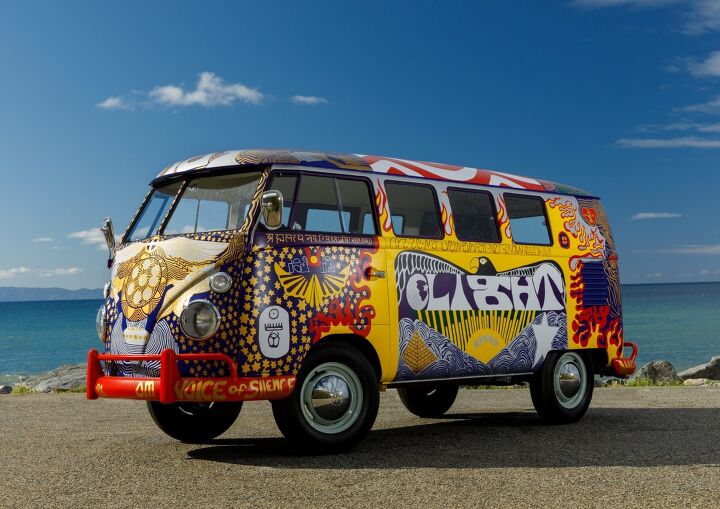























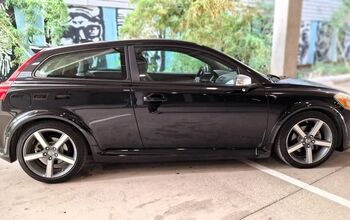
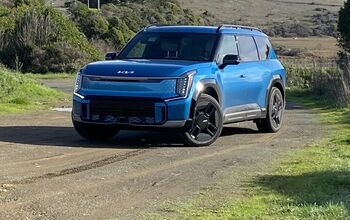

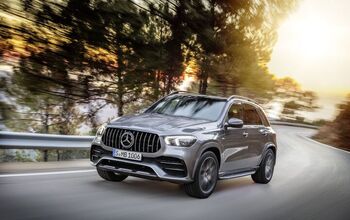


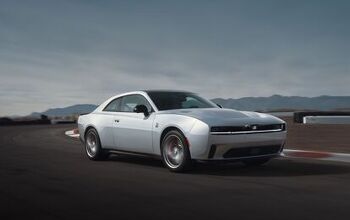







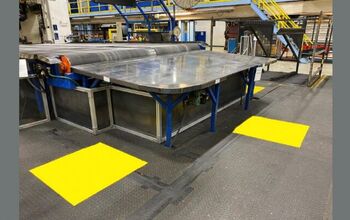
Comments
Join the conversation
Agree with you, Matt, on the efforts put into the restore. I was a big fan of the poster art coming out of SF back around 66 through this time. That's how I would describe the art here - poster art applied to a van. Around late 67 early 68 my brother and I had an old 56 Plymouth that was my grandfather's. He had passed on and we "inherited" the car. We wanted to do the same sort of thing to it. Folks objected. We even suggested we would paint it with "tempra" so it wouldn't be permanent - still a no go. Lost opportunity for us to attempt this sort of presentation. It would have been a fun project.
It is important to note that these vans were designed in the early 1950s when many countries had 55 MPH, or lower, speed limits. Also they were mainly intended for around town use. Probably no one thought that they would be driven on cross North America trips at 1960s freeway speeds. The suspension was very primitive by later standards, but fairly rugged. However when driven off pavement the reduction gear rear axles could cause wheel hop leading to a broken transaxle case. Saw many of those back in the day. I had a 1965 model that was mostly used as a parts runner. I had to sell it as I needed the money more than another van. That was about 10 years before the VW vans became a cult item. Did not have any flowers painted on it, just the name and phone number of the shop.